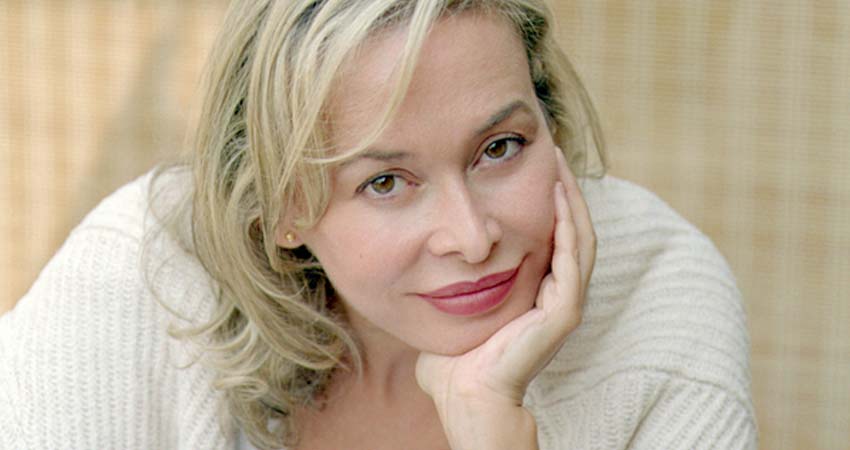
On the occasion of the book "Sólo un día más" La Nau Cultural Center
Discussion with Susana Fortes
On the occasion of the publication of the book "Sólo un día más" ("Just One More Day")
Participants:
Javier de Lucas, Professor of Philosophy of Law at UV
Cristina Garcia Pascual, Head of Initiatives at the Narratives Classroom
Susana Fortes (Pontevedra) is a Spanish writer and columnist. She has been teaching Art History in Valencia for years. At present, she collaborates in creative writing courses with different universities.
She made her name as a novelist with Querido Corto Maltés, her particular tribute to the legendary sailor that then became a hero for several generations. With this novel, she won the Premio Nuevos Narradores (a prize for new novelists) in 1994.
Her later works, also recognised with various awards, navigate between the border territory of adventure, history, travel, intrigue, love, war... without giving up cinematographic allusions. Las cenizas de la Bounty (Espasa, 1998); Fronteras de arena (finalist for the Premio Primavera 2001) El amante albanés (finalist for the Premio Planeta 2003), El azar de Laura Ulloa (Planeta, 2006), which won the Premio de la Crítica en la Comunidad Valenciana (a Critics Prize from the Valencian Community) or the cinematographic notebook Adiós, muñeca (Espasa, 2002).
She achieved her first great international success with the historical novel Quatroccento (Planeta, 2007), which became a best seller, but especially with Esperando a Robert Capa (Premio Fernando Lara de Novela 2009, another Novel Prize). Her lasts published works are Septiembre puede esperar (Planeta, 2017), the memory book Tal como éramos (Ézaro, 2021), the thriller Nada que perder (Planeta, 2022), set in her homeland Galicia and Sólo un día más (Espasa, 2025), in which she presents one of the most important love stories from the 21st century, between the writer Albert Camus and the Spanish actress María Casares, within the historical backdrop of World War II and the beginning of the Cold War.
Her work has been translated into English, French, Italian, German, Norwegian, Russian and Chinese among other languages, and in more than fifteen countries.
Free admission, limited capacity











